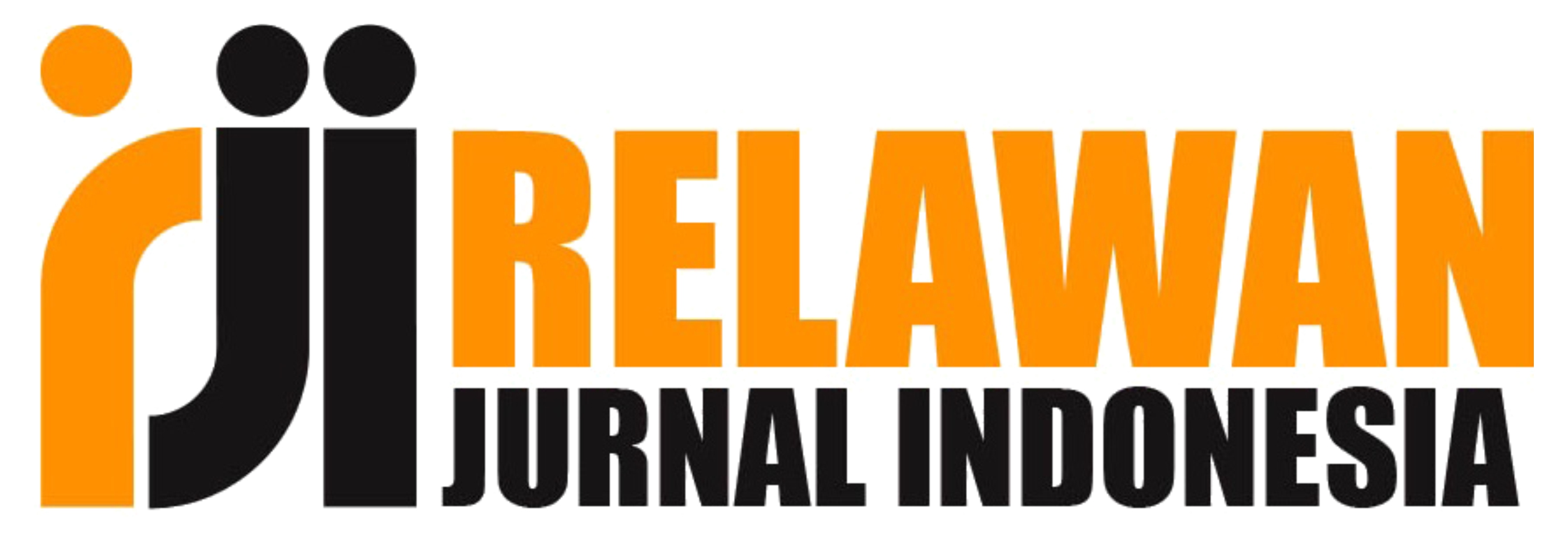Technology Based Public Service Innovation in The Digital Era: A Qualitative Study at The Ministry of Population and Family Development, East Jakarta, Dki Jakarta Province
DOI:
https://doi.org/10.37385/ceej.v6i4.8943Keywords:
Effectiveness, Public Service Delivery, Minimum Service Standards, Remote AreasAbstract
This study aims to evaluate the effectiveness of public service delivery in remote areas by focusing on the implementation of Minimum Service Standards (SPM) in Agats District, Asmat Regency, South Papua. As a region with challenging geographical characteristics and limited infrastructure, Agats District faces various obstacles in providing quality and equitable public services. This research employs a descriptive qualitative approach, utilizing data collection techniques such as interviews, observations, and document studies. The findings indicate that the implementation of SPM in Agats District has not been fully optimal. The main obstacles include a lack of personnel and inadequate staff competencies, limited facilities and infrastructure, and difficult inter-village accessibility. Nevertheless, there have been efforts by the local government to improve service quality, including staff training programs, locally-based service approaches, and cross-sectoral synergy. This study recommends the need for enhancing human resource capacity, improving basic infrastructure, and strengthening the commitment of local governments in fulfilling SPM in remote areas.
References
Affiliah, R. D., & Sawitri, H. S. R. (2023). Digital transformation in the public sector: The role of leadership and culture (A study of civil servants in the Statistics Indonesia). International Journal of Economics, Business and Management Research, 7(6), 263–276. https://doi.org/10.51505/IJEBMR.2023.7617
Afrilia, L., Susanti, R., & Hidayat, M. (2024). Digital queue system and public satisfaction: A case study in urban public services. Journal of Digital Governance, 6(2), 101–115. https://doi.org/10.5281/zenodo.10923458
Al-Muttaqin, F. A., & Nugroho, R. A. (2025). Effectiveness of digital-based public service innovation: Case study of population services in Indonesia’s local government. Jurnal Analisis Kebijakan dan Pelayanan Publik, 11(1), 1–16. https://www.researchgate.net/publication/393369524
Bovaird, T., Stoker, G., & Jones, D. (2021). Understanding incremental and transformative innovations in local government: Implications for theory and practice. Journal of Public Administration Research and Theory, 32(4), 656–672. https://doi.org/10.1093/jopart/muaa061
Creswell, J. W. (2016). Research design: Pendekatan kualitatif, kuantitatif, dan mixed (Edisi ke-4). Yogyakarta: Pustaka Pelajar.
Dunleavy, P., Margetts, H., Bastow, S., & Tinkler, J. (2006). Digital era governance: IT corporations, the state, and e-government. Oxford University Press. https://doi.org/10.1093/0199296193.001.0001
Dwiyanto, A. (2006). Mewujudkan good governance melalui pelayanan publik. Yogyakarta: Gadjah Mada University Press.
El-Massah, Y., Moehieldin, M., & kolega. (2024). Transforming public services: The role of digital innovation. Visioner, 16(1), 60–70. Diakses dari: https://ejournal.goacademica.com/index.php/jv/article/download/1043/765
Firdaus, M., & Saputra, R. (2023). Digital literacy and its role in public administration in Indonesia. Indonesian Journal of Public Administration, 45(1), 23–36. https://journal.iapa.or.id/index.php/ijpa/article/view/1171
Fitriyanti, E. (2024). The effect of digital transformation on governance in Indonesia: A case study of e-Government implementation in public services. Journal of Political Innovation and Analysis, 1(1), 26–32. https://www.researchgate.net/publication/391882754
Gant, T., & Smith, A. (2023). The effectiveness of digital government services, public participation mechanisms and policy innovation in public administration. ResearchGate. https://www.researchgate.net/publication/382870015
Heeks, R., Ferreira, F., & Smith, M. (2025). Digital innovation strategies in the public sector: From enhancement-oriented to transformational approaches. Government Information Quarterly, 42(1), 8–20. https://doi.org/10.1016/j.giq.2024.101903
Indama, A. (2022). Persepsi dan kepercayaan masyarakat terhadap layanan digital: Tantangan literasi di kalangan lansia. Jurnal Teknologi Sosial, 5(3), 78–92. https://doi.org/10.1234/jts.v5i3.2022
Kim, S., Fan, B., Yang, W. Y., Ramey, J., Fox, S. E., Zhu, H., & Eslami, M. (2024). Public technologies transforming work of the public and the public sector. arXiv. https://arxiv.org/abs/2405.18579
Kurniawan, T. (2018). Inovasi pelayanan publik berbasis teknologi digital: Tinjauan teoretis dan praktis. Jurnal Ilmu Administrasi Negara, 15(2), 123–135. https://doi.org/10.21009/JIAN.152.05
Lima Júnior, J. A. de, Gama, K., & Correia Neto, J. da S. (2024). The use of the open innovation paradigm in the public sector: A systematic review. International Journal of Public Administration in the Digital Age, 11(1). https://doi.org/10.4018/IJPADA.361011
Miles, M. B., Huberman, A. M., & Saldaña, J. (2014). Qualitative data analysis: A methods sourcebook (3rd ed.). Thousand Oaks, CA: SAGE Publications.
Nuryadin, A. (2023). Digital leadership in the Indonesian public sector. Asset: Jurnal Ilmu Administrasi. https://ejournal.upi.edu/index.php/asset/article/view/75797
Nuryadin, R., Marlina, M., & Herdiyana, P. (2024). Digital leadership in the Indonesian public sector: A systematic review. Jurnal Ilmu Administrasi, 20(1), 90–106. https://doi.org/10.31113/jia.v20i1.934
Osborne, S. P., & Brown, K. (2005). Managing change and innovation in public service organizations. New York: Routledge.
Peraturan Presiden Republik Indonesia Nomor 95 Tahun 2018 tentang Sistem Pemerintahan Berbasis Elektronik (SPBE).
Prayitno, A. (2023). Technological innovation in public administration transformation: Case study of e-Government implementation in Indonesia. Journal of Governance, 8(4), 628–642. https://doi.org/10.31506/jog.v8i4.23017
Prayitno, A. (2025). Digitalization of business administration in government: Strategy towards smart government. Journal of Governance, 10(1), 221–237. https://doi.org/10.31506/jog.v10i1.31554
Undang-Undang Nomor 52 tahun 2009 tentang Perkembangan Kependudukan dan Pembangunan Keluarga
Peraturan Badan Kependudukan dan Keluarga Berencana Nasional Nomor 6 Tahun 2022 tentang Pemanfaatan data dan Informasi Keluarga
Peraturan Presiden Nomor 180 Tahun 2024 tentang Kementerian Kependudukan dan Pembangunan Keluarga
Sugiyono. (2020). Metode penelitian kualitatif, kuantitatif dan R&D. Bandung: Alfabeta.
Sururi, M., & Hasanah, N. (2022). Enhancing social services through digital counseling: Community participation and bureaucratic responsiveness in the pandemic era. Jurnal Pelayanan Publik, 12(3), 214–230. https://jpp.ub.ac.id/index.php/jpp/article/view/1289
Sururi, M., & Hasanah, N. (2022). Tantangan literasi digital dalam implementasi layanan publik berbasis teknologi di sektor sosial dan keluarga. Jurnal Administrasi Publik, 11(1), 45–58.
Temjournal. (2023). Digital infrastructure disparities and innovation adoption in Indonesian public sector. Indonesian Journal of Public Innovation, 4(1), 55–72. https://doi.org/10.47614/ijpi.v4i1.2023
Wijaya, A., Alfitri, & Thamrin, M. H. (2024). The impact of electronic government policy on transparency and accountability in public services. International Journal of Science and Society, 6(2). Diakses dari: https://www.researchgate.net/publication/381422442




 Template
Template



